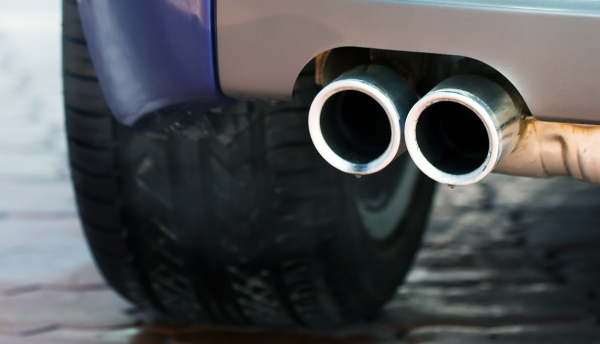
EU to allow more time on CO2 disclosure
The Volkswagen (VW) Group supervisory board will meet today to approve planned cuts to the firm's spending in response to the emissions affair. According to a Reuters report, the company is set to announce its first cut in capital spending since the financial crisis of 2009, according to unnamed sources. It appears that these initial cuts have been agreed with the company's powerful works council, which is led by the highly influential works council head and supervisory board member Bernd Osterloh. VW CEO Matthias Mueller and Osterloh recently released a joint statement to say that management and the works council would work together to agree on areas in which cost savings could be made. VW's combined capex spend for 2015, including its enormous research and development (R&D) budget, stood at EUR17.1 billion, which was almost double the average figure of EUR8.6 billion between 2010 and 2012. Even prior to the emissions crisis the new head of the VW passenger car brand was engaged in a process of cutting EUR5 billion of costs out of the operations of the VW passenger car brand, after its operating margin fell to 2.4% in 2014. The former BMW man is said to be alarmed by some of the inefficiencies he has encountered at the main VW passenger car plant and he has already pledged to find an extra EUR1 billion of savings over and above the original plan.
VW may also look to close its showcase factory in Dresden that builds the Phaeton. According to a report by the German business newspaper WirtschaftsWoche, the so-called "transparent factory" will be one of the subjects being discussed in today's supervisory board meeting, with a plan to transfer its 500 workers to other plants in Germany. The report claimed that the facility currently builds just 8=eight Phaetons a week which is an extraordinarily low number and shows how outdated the 13-year-old design has become in comparison to contemporary competitors such as the Mercedes-Benz S-Class and BMW 7-Series.
Separately, it appears that VW has won extra time from the European Union (EU) to give the regional lawmaking body full disclosure of the events that led to the CO2 emissions affair and come up with the correct CO2 emissions data for the cars in question. VW wrote to Miguel Arias Cañete, the EU's Climate and Energy Commissioner, stating that it would struggle to meet the original 10-day EU deadline. "What they told me is that it is a very complex technical exercise, that they are already on it, but that they will need additional time. We will ask them to come the sooner the better with the figures," Cañete said, adding that he will set a final deadline of "before the end of the year."
Outlook and implications
The cost cuts that VW is set to make will be painful but necessary to ensure that it maintains sufficient liquidity and access to credit lines to cover any unexpected liabilities from the emissions crisis. Some observers are sensing a shift in the power dynamic on the supervisory board and that Osterloh and the works council are losing their traction in terms of resisting cost cuts in the face of mounting opposition from other board members. Indeed some see the crisis as an opportunity for management to loosen the grip of the works council, the union block and the State of Lower Saxony in terms of their ability to veto hard-nosed business decisions that could vastly improve the competitiveness of the company. However, any shifts are likely to be confirmed only over the longer term and will be the subject of extensive negotiations; and any concerted attempt to lower the headcount of VW's domestic production facilities is likely to be aggressively resisted.
The next-generation Phaeton will be repurposed as a full EV and is likely to be even later to production than originally planned, and therefore there will be no short-term improvement to the very low capacity utilisation at Dresden. A production run of just eight cars a week of a car that does not sell and probably needs to sell at a significant discount to be competitive makes very little sense. It is interesting that both of Ferdinand Piëch's pet projects and legacies from his final years as executive board CEO, the Phaeton and the Bugatti Veyron, have involved extremely long product cycles and indecision about the execution of their next generations. Bugatti has only just confirmed the next-generation Veyron after a 10-year model cycle of the ultra-exclusive hypercar and the next-generation Phaeton was close to production prior to the u-turn on the car's concept. Commenting specifically on the Phaeton and the Dresden plant Bernd Osterloh said in a statement, "Dresden is and remains a firm part of the VW family. Even if the new Phaeton concept comes later, that does not mean that we have cause to question Dresden."